Indian Partnership Act
Last Updated On -17 Jun 2025

Foundational legislation in Indian business law, the Indian Partnership Act of 1932, governs the interaction between individuals who have come together to run a firm as a partnership. One of the oldest and most flexible types of commercial organizations in India, partnerships are governed by legislation, as provided in this Act. This Act includes clarity and enforceability to business relationships based on mutual trust, from defining an alliance to detail the rights, obligations, and liabilities of partners.
Introduction to the Indian Partnership Act
The Indian Contract Act of 1872 governed relationships before the passage of the Indian Partnership Act. However, as business contacts became increasingly complex, a distinct legal framework became necessary. Therefore, in 1932, a clear Act was developed. Initially, excluding Jammu and Kashmir (until Article 370 was revoked), the Act came into effect on October 1, 1932, and covers all of India.
- The Act mainly addresses partnership formation and registration.
- Rights and responsibilities of spouses
- Several kinds of alliances
- Legal procedures and dissension
- Partners and the company's liabilities.
The Indian Partnership Act along with the other key laws in commerce, forms the backbone of business relationship laws in the Indian commercial framework.
- Indian Contract Act
- Sales of Goods Act
- Indian Companies Act
- Negotiable Instruments Act
- Consumer Protection Act
What is a Partnership?
Starting a business together is not easy; if the foundation is not based on trust and clarity, the whole tie will dissolve. Every member should be clear on the essential traits of the company and the partnership before taking action.
Section 4 of the Act says: "Partnership is the relation between persons who have agreed to share the profits of a business carried on by all or any of them acting for all."
Three basic components are highlighted in this definition:
- Consensus among people
- Business is meant to earn a profit.
- Every partner is both an agent and a principal for others, therefore reflecting mutual agency.
- Legally, the connection cannot be regarded as a partnership if any of these components is absent.
Key Characteristics of a Partnership
Partnership has a long history in Europe and the Middle East, going back to mediaeval times. From 1383, the early Florence traders used the first-ever partnership agreement. People from many countries adopted the cooperative system as it gradually emerged. The cooperation has undergone several revisions and rules since then.
- Number of Partners: According to the Indian Companies Act 2013 and the updated partnership rules, a minimum of two partners is required, with a maximum of fifty partners allowed.
- Mutual Agency: Every partner can bind the company and other partners with their behaviour. The foundation of cooperation is this confidence.
- Profit Sharing: Profits are shared by partners in a percentage decided upon in the Partnership Deed. Until otherwise stated, losses are also usually shared in the same proportion.
- Infinite Liability: Partners in a partnership firm have unlimited liability, unlike those of a company. One can satisfy company responsibilities using one's assets.
- Not a Separate Legal Entity: A corporation is not different from its participants. This is not the case for a firm, a distinct legal entity.
Registration and Formation of the Indian Partnership Act
Although it is not required, registering a partnership firm is highly recommended. Unregistered businesses have certain drawbacks:
- It cannot sue a third party.
- Partners cannot sue the firm or one another.
- It cannot assert a set-off inside a court case.
The procedure of Registration:
- Complete the recommended application form with specifics
- Forward to the corresponding state's Registrar of Firms.
- Pay appropriate fees.
- Get a Certificate of Registration here.
The Partnership Deed
Covering all the rights, liabilities, and responsibilities of all the partners, a partnership deed, also called a partnership agreement, is a legal instrument. It reduces conflicts among partners and provides direction to ensure seamless actions. Written when the partnership is established, the partnership deed can be registered under the Indian Partnership Act of 1932. A competent advisor will help you to design the deed, a complex and vital task, thereby guaranteeing that everything is under the law.
- A legal agreement with names and addresses of partners and companies in the Partnership Deed
- Capital addition
- Ratio of profit or loss sharing
- Responsibilities and rights shared by every partner
- Interest in draws and capital.
- Retirement terms, death terms, dissolution terms
- Although a deed is not required, having one helps avoid conflicts and provides a legal defence.
Key Types of Partners
Different types of partnership activities exist, each suited to the specific requirements of the company. Knowing these kinds will enable you to decide which one best fits your relationship.
- Active Partner: Helps with daily tasks.
- Sleeping, or dormant, partner: Invests money but does not control
- Nominal Partner: Lends their name, does not provide capital
- Partner by Estoppel or Holding Out: Not a real friend but behaves as one
- Minor Partner: Not liable; admitted to the advantages of a partnership.
Rights and Responsibilities of Partners
Section 464 of the Companies Act 2013 gives the Central Government authority to mandate a maximum number of partners in a company, so the number of partners recommended cannot be more than 50. Rule 10 of the Companies (Miscellaneous) Rules, 2014 specifies a maximum number of partners in a firm as 50 by the Central Government. Thus, a partnership company cannot have more than 50 members in essence.
Legal rights:
- Engage in company
- Profit share
- Access the books of a firm.
- Get indemnified for actions taken on behalf of the firm.
- Be consulted in decisions
Responsibilities:
- Be truthful and behave with good faith.
- Not create covert gains.
- Share all accounts and commercial operations.
- Attend the business of firms.
- Steer clear of corporate rivalry.
Dissolution of a Partnership
The Act names several ways of dissolution:
- By agreement, all of the partners decide to dissolve
- By notice: Should a partnership be at will,
- Under court order, on grounds including mental illness, misbehaviour, etc.,
- Under some circumstances, death, bankruptcy, or a term expiring
- Compulsory dissolution: Should the company turn illegal
Relevance of the Indian Partnership Act in Business Environment
An essential component of every organization is its business environment. Growth and sustainability follow from a friendly corporate environment. Ideally, businesses follow the trends, adjust to changes, and possess the attitude to remain competitive.
Even if Private Limited Companies and LLPs are becoming more common, partnerships are still extensively utilized in:
- Families running companies
- California and attorneys' offices
- Small to medium businesses
- Semi-urban and rural areas
Particularly in conventional sectors, the Indian Partnership Act offers flexibility, simplicity, and direct control, which appeal to many businesspeople and professionals.
Explore More
If you are interested in getting knowledge on a daily basis, read our Commerce Articles!
Frequently Asked Questions (FAQs)
Is a partnership firm a legal entity?
Not. A partnership firm is not independent, legally speaking. Its business identity is not unique from that of its partners.
Can a minor start a partnership?
Indeed, but only in line with the advantages of the cooperation, not as a full-fledged partner. Once they start to become a major, they have to decide whether to embrace or refuse a complete partnership.
Is a partnership firm able to sue someone?
Only in cases of registration will the company be able to sue third parties or even its partners.
What is an at-will partnership?
A cooperation in which business has no set term. Any partner can terminate the agreement with written notice.




















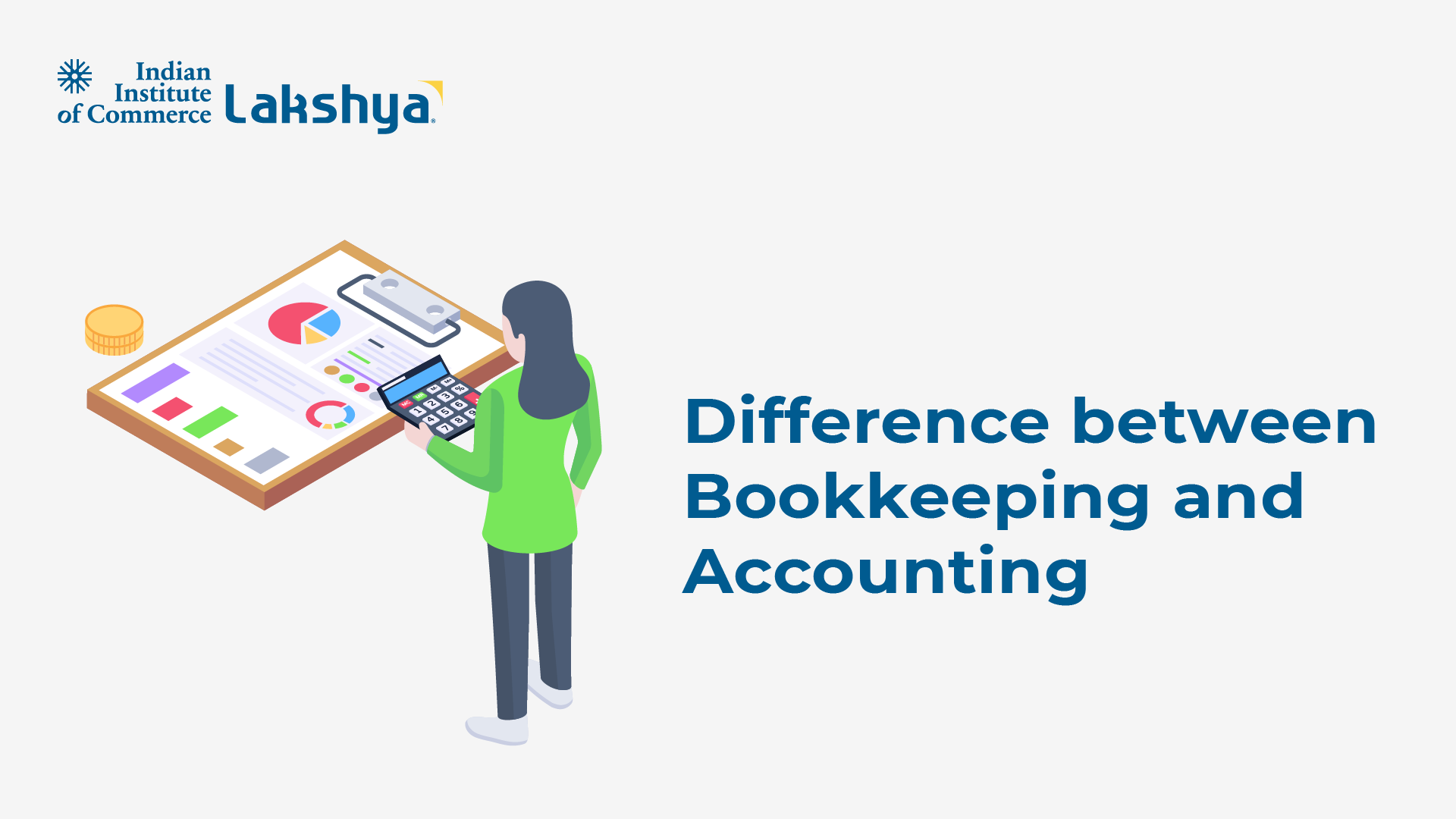



























































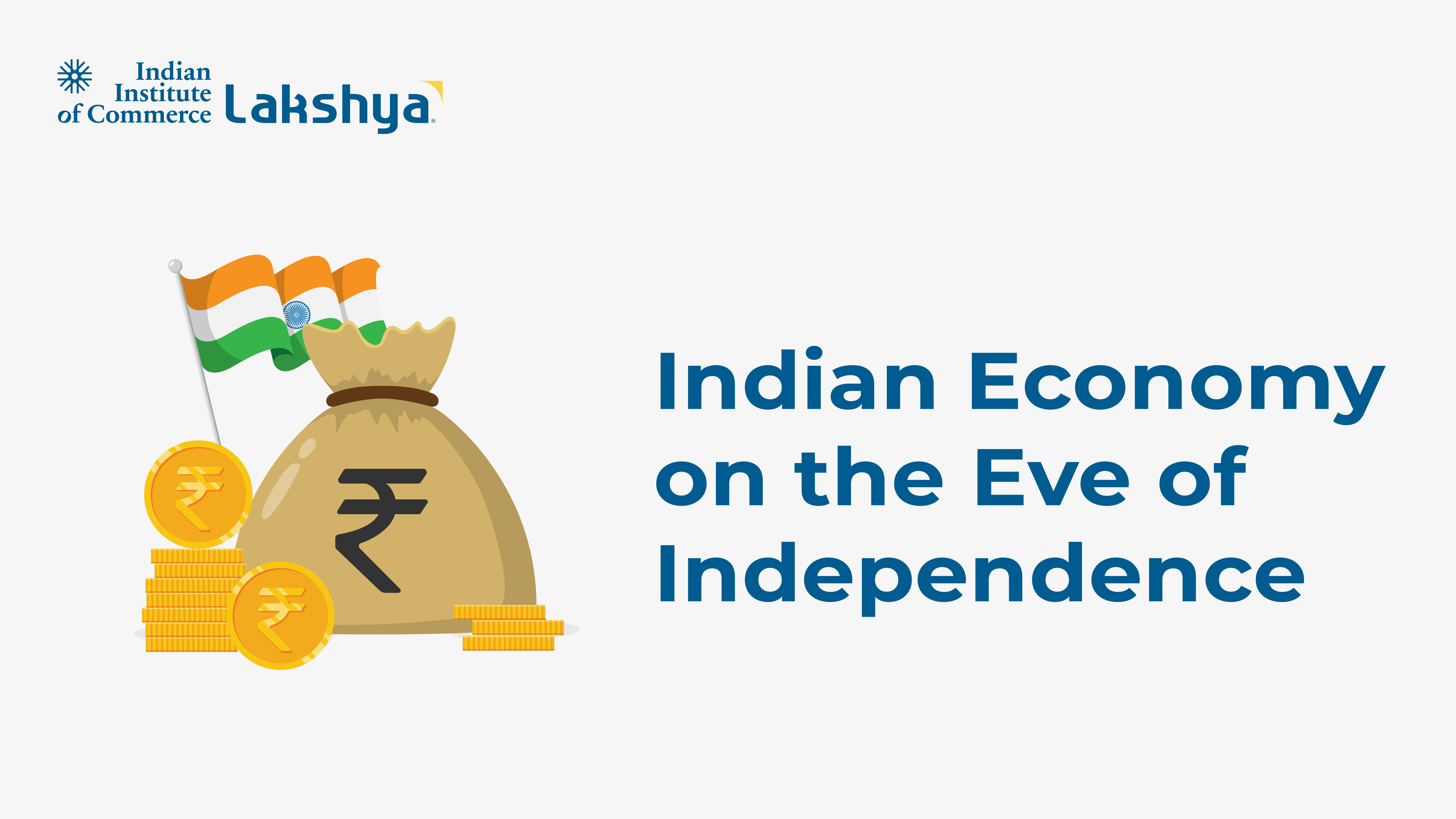

























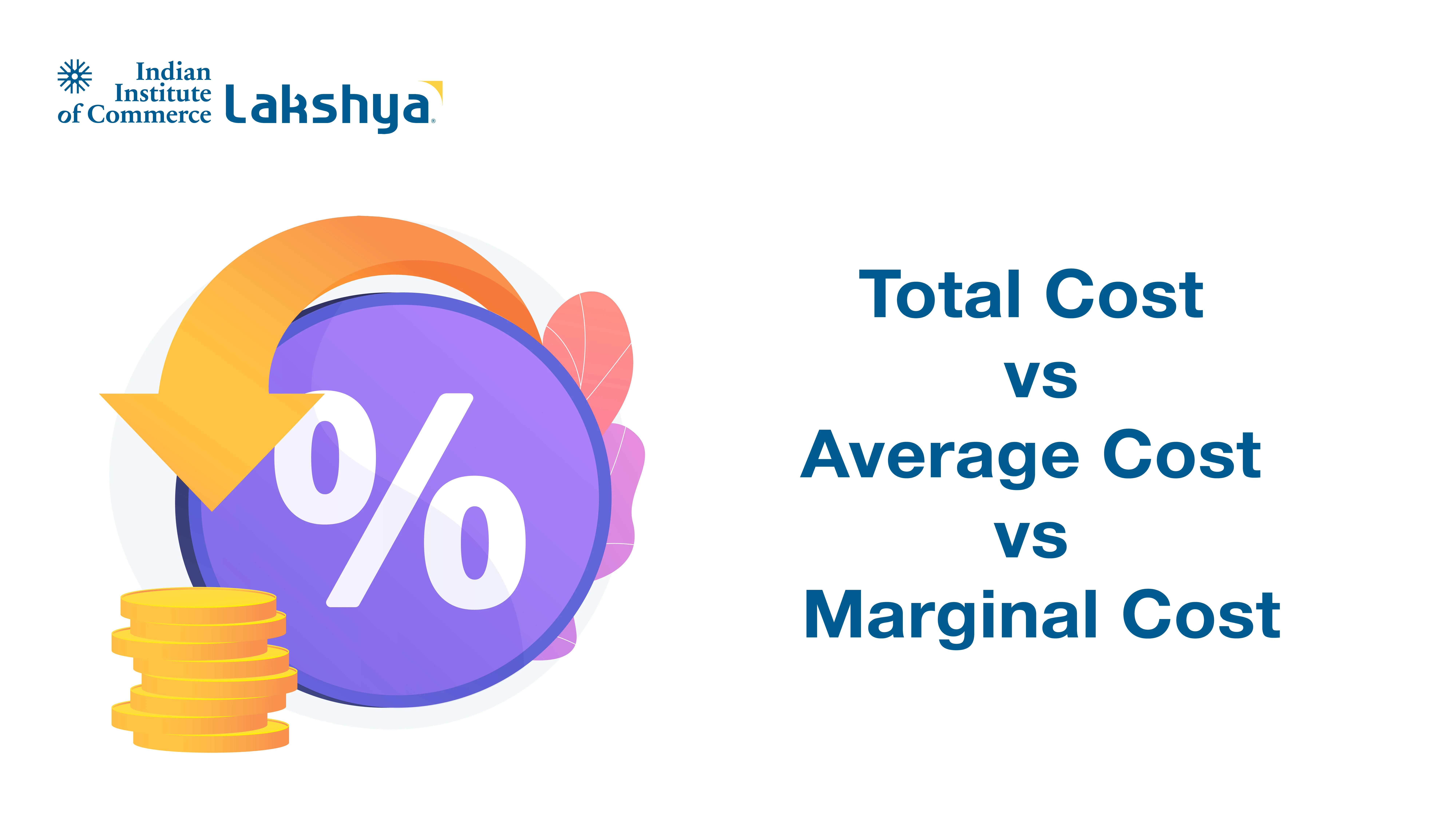



































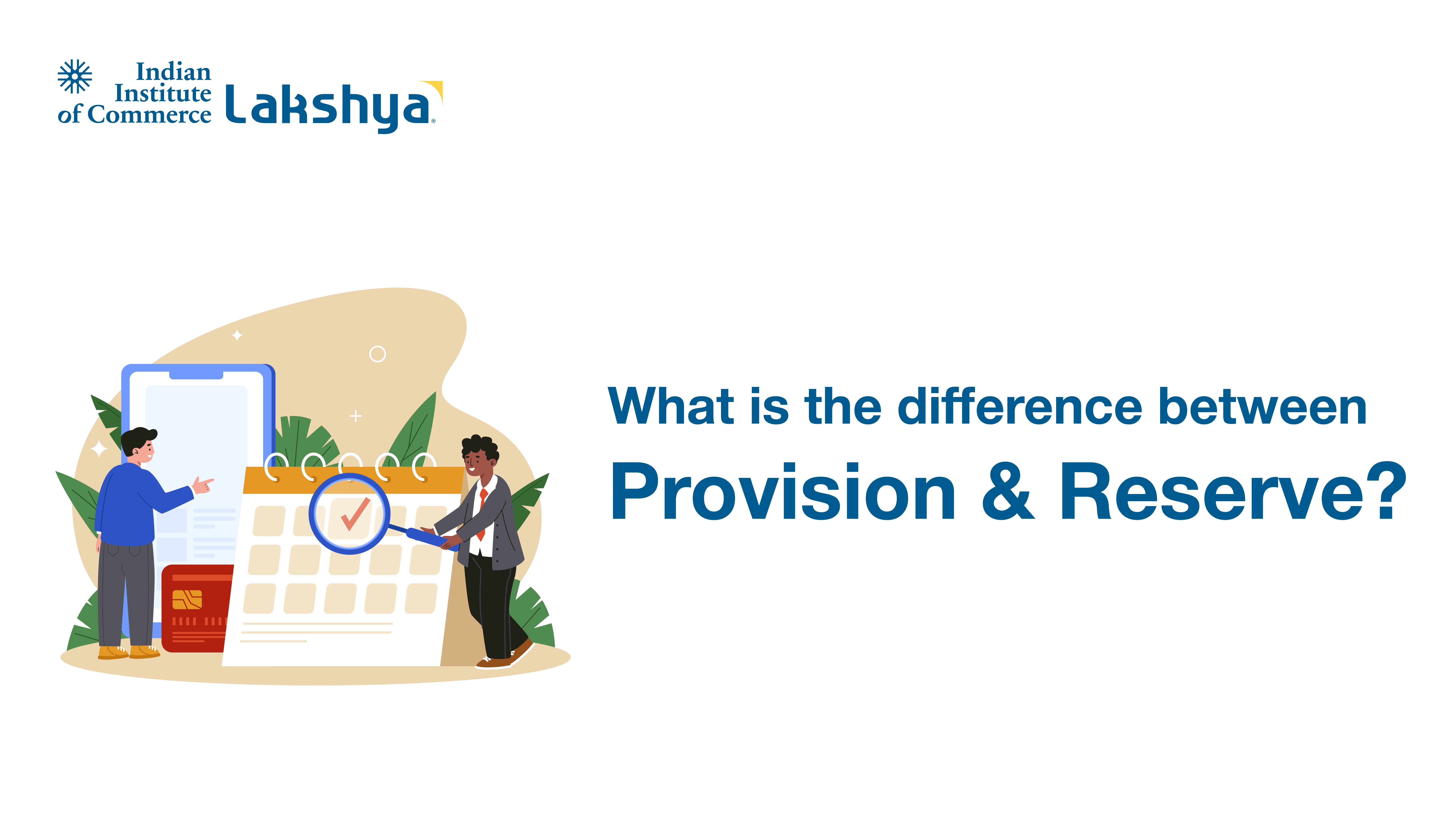



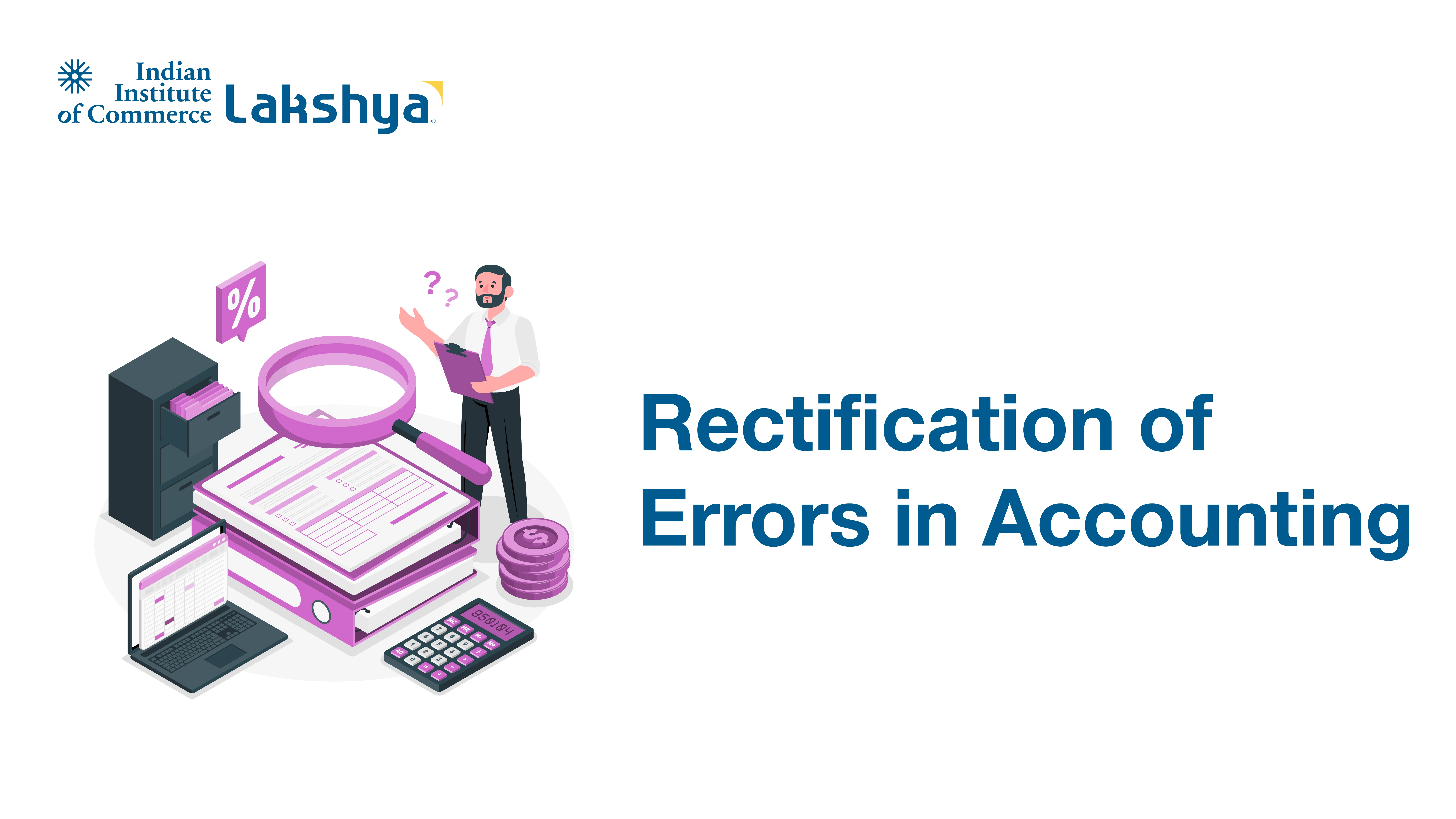





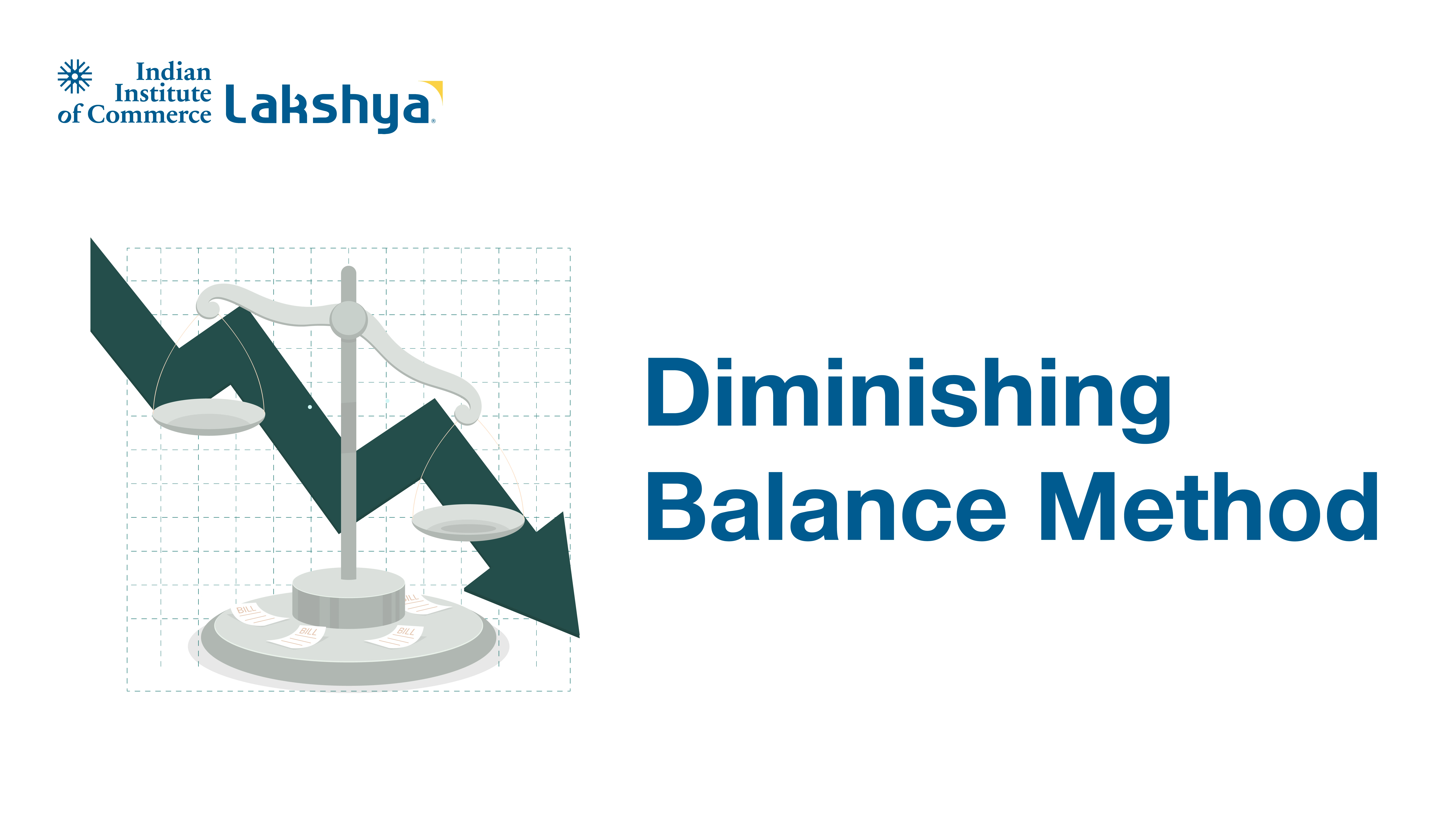












































































.webp)












































